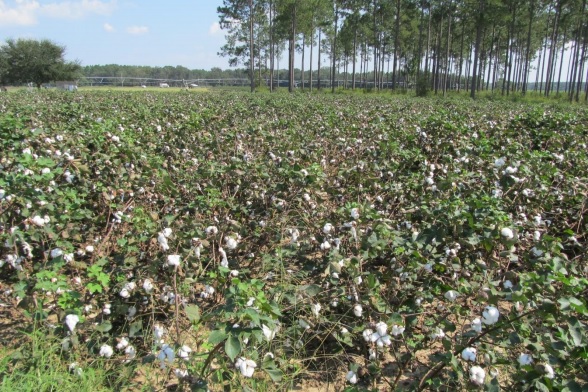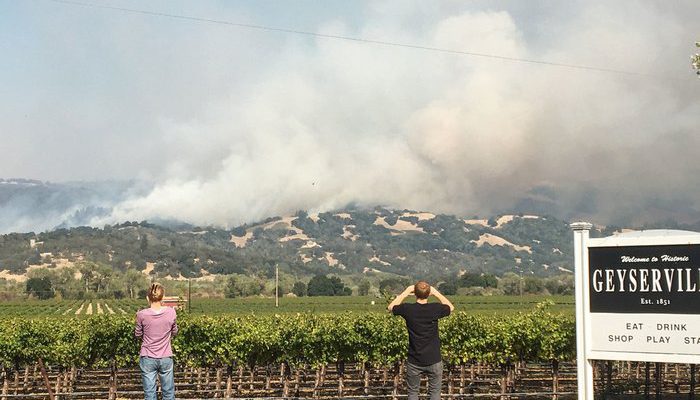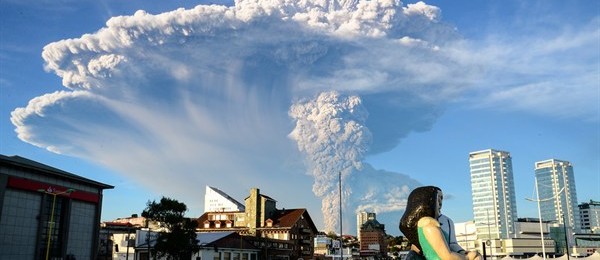-

Now that fall has finally arrived, it’s time to start thinking about when frost will return to the Southeast. Here are a few resources to help you find the average date of first fall frost. I will post an article later this week that describes how to get real-time frost forecasts. Keep in mind that…
-

Bob Kemerait, Extension specialist at UGA, posted an interesting discussion looking back on the 2017 growing season and its challenges and what impacts weather and other factors had on crop yields. You can read it in the Southeast Farm Press here. Dan Fromme from Louisiana posted a similar discussion on cotton yields there in AgWeb…
-

I’ve seen some articles online indicating that they think the smoky conditions from the fires in the California wine country this year could devastate the production of wine, leading to a smoky, burned flavor that would doom the wines. It was interesting to read this article in Food & Wine today which points out that…
-

EarthSky posted an interesting story this week about a new study that indicates that the eruption of tropical volcanoes like Mount Pinatubo in 1991 can lead to the development or strengthening of El Niño conditions. While we can’t predict when a large tropical eruption will occur, once it does we can use the results of…
-

Halfway through October (where does the time go?), and we see that so far this month we have been far above normal in temperature and with scattered areas of heavy rain, mostly from tropical systems like Nate. This week should be cooler, but a return to above normal temperatures is expected after that. A bigger…
Posted in: Climate summaries -

While the wildfires in California are still burning, we are starting to see some assessments of the toll that it is taking on California agriculture, in particular on the wineries. The California Climate & Agriculture Network posted a story earlier this weekend on some preliminary estimates of costs to crops, livestock, cannibis and wine grapes…
-

With a La Niña forecast to occur this winter, you might be wondering where the forecast for warmer and drier than normal conditions comes from. It is based on statistical patterns derived from previous episodes. NOAA’s Climate.gov has provided a nice set of maps which shows how historic La Niña events since 1950 have looked.…